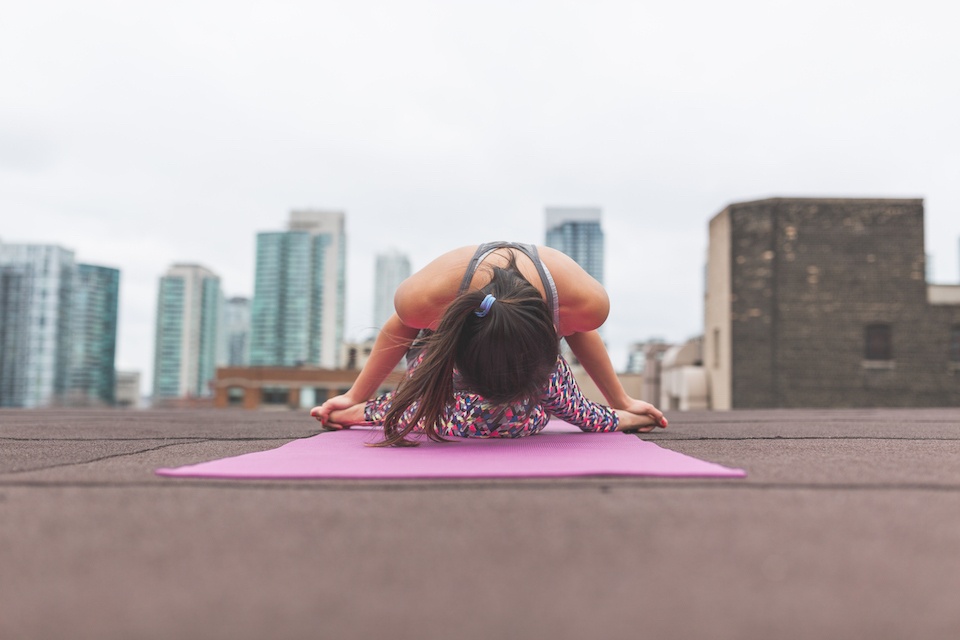Sometimes, when people ask me what I do for a living and I’m in the right kind of mood, I tell them I’m a tour guide through the realm of emotional pain. This is a sassy and, perhaps, slightly macabre way of describing myself and my work, but it’s an honest one. As a mindfulness-based psychotherapist and self-aware wounded healer, I know that keeping people company while they make contact with their own wounds is the most significant part of what I do. And it’s something I do with great reverence for the people who choose me to take the journey with them.
These people, my beloved clients, often seek me out in the midst of great suffering. Many of them have gone through dramatic and traumatic life experiences that interrupt their lives and negatively impact their functioning. When they arrive to their first session, many of them fight to hold back tears; they make visible efforts to hold themselves together, showing just how much life energy they’ve been expending to avoid falling apart. Once they know it’s safe to surrender, they allow themselves to reveal the pain they’ve been holding—and it’s heavy. In this beautiful clearing, they allow me to join with them and begin the healing process.
Often, clients come to see me because they know I incorporate mindfulness and meditation in the therapeutic process. Some of them have heard about meditation or been encouraged to try it, and they arrive eager to access anything that will give them some relief. Naturally, they assume that meditation will help them clear their minds and get free from the internal chaos that’s causing them so much anguish. This heartens me, as I know the abundant healing potential meditation holds. But in almost every case, I bookmark that chapter of our work together until a later time. Here’s why.
Meditation can be a remarkably effective tool that aids in the healing process. A regular practice has been found to calm the sympathetic nervous system, thus reducing the fight-or-flight response associated with trauma and post-traumatic stress. It’s also been shown to produce structural and functional brain changes that support healing. But it isn’t always advisable for survivors of trauma to hop onto the cushion right away. In fact, practicing without attending to other things first can actually interfere with and complicate the healing process.
If you practice meditation, you know that the notion of the mind getting quiet is a complete fallacy. Our brains simply aren’t wired to go silent whenever we want them to—if they could, traumas could be resolved pretty rapidly, and a whole lot of human suffering would be eliminated. Instead, what tends to happen when we enter the practice is that we become even more aware of what’s swirling around inside us. For people who’ve experienced traumas, this can be terrifying. Thoughts, emotions, and memories that are already troubling under normal circumstances can become overwhelming in the silent space that meditation opens.
The experience of trauma is characterized by intense fear that comes from a real or perceived direct threat to our survival. This kicks our nervous system into high gear and has a lasting psychological and emotional impact. After the initial event, trauma survivors often experience severe anxiety, intrusive thoughts, unpleasant physiological symptoms, emotional detachment, and unwanted flashbacks of the initial event. Without a proper foundation in place, meditation can amplify these experiences instead of alleviating them.
Here’s where that thing I said earlier about being a tour guide comes into play. It isn’t always safe to turn inward unaccompanied until we’ve done some work on being able to settle into ourselves. Research supports that meditation can be an integral part of the trauma healing process when accompanied or preceded by talk therapy or other forms of intentional interpersonal support. By consciously addressing the trauma, survivors learn how to revisit the traumatic event without become re-traumatized by it. They learn a variety of tools that help them cope with daily life and reestablish a sense of safety and security. While therapy isn’t a panacea for trauma, it provides a solid foundation that can be built upon and bolstered by practices like meditation.
Having had more than one traumatic experience in my own life, I can say that meditation is something I was able to adopt and embrace only after I did some conscious sorting out of my internal material. Through therapy and other more deliberate and directive healing modalities, I prepared myself to sit in silence, be present to my experience, and make direct contact with my thoughts and emotions. This is the space I aim to co-create and hold for my clients. Once they’ve walked through the pain and gotten familiar with the landscape, they can access the power and potential of meditation, cultivating serenity and taking their healing to new depths.
When we’ve done the work of acknowledging and addressing our traumas, meditation and mindfulness can help us get back into our bodies. These practices can serve as a profound form of empowerment, revealing to us the capacity we have for healing ourselves and learning to thrive again. They invite us to begin shining light over the parts of ourselves that were cast into darkness; they allow us to reclaim those parts and become whole again.
Serving as a means of retraining our brains and deepening our connection to ourselves, meditation offers significant benefits for anyone who’s experienced trauma. It helps us safely self-monitor, notice our thoughts, soothe ourselves, anchor our attention, breathe into discomfort, confidently encounter strong emotions, and securely inhabit our bodies and minds. Through a combination of therapy and meditation, I’ve seen countless clients move from victimhood to empowerment. I’ve seen chronic drug users who’d do anything to numb the pain release their attachments to substances and learn to comfortably live in their own skin. I’ve seen suffering transformed through the power of the practice, wielded by individuals who know they’re ready to turn the gaze inward.
Meditation holds the promise of opening our hearts and transmuting our pain into loving awareness and a deepened sense of compassion for ourselves and others. Through the practice, we learn to make space for the traumatic events we’ve endured and integrate them into our story. We learn to accommodate every aspect of that story. Because the truth is, our lives are richly complex experiences; they contain darkness as well as light, sorrow as well as joy. And when we learn to accept this fundamental truth, that life is everything, we can release our attachments and access our freedom.










